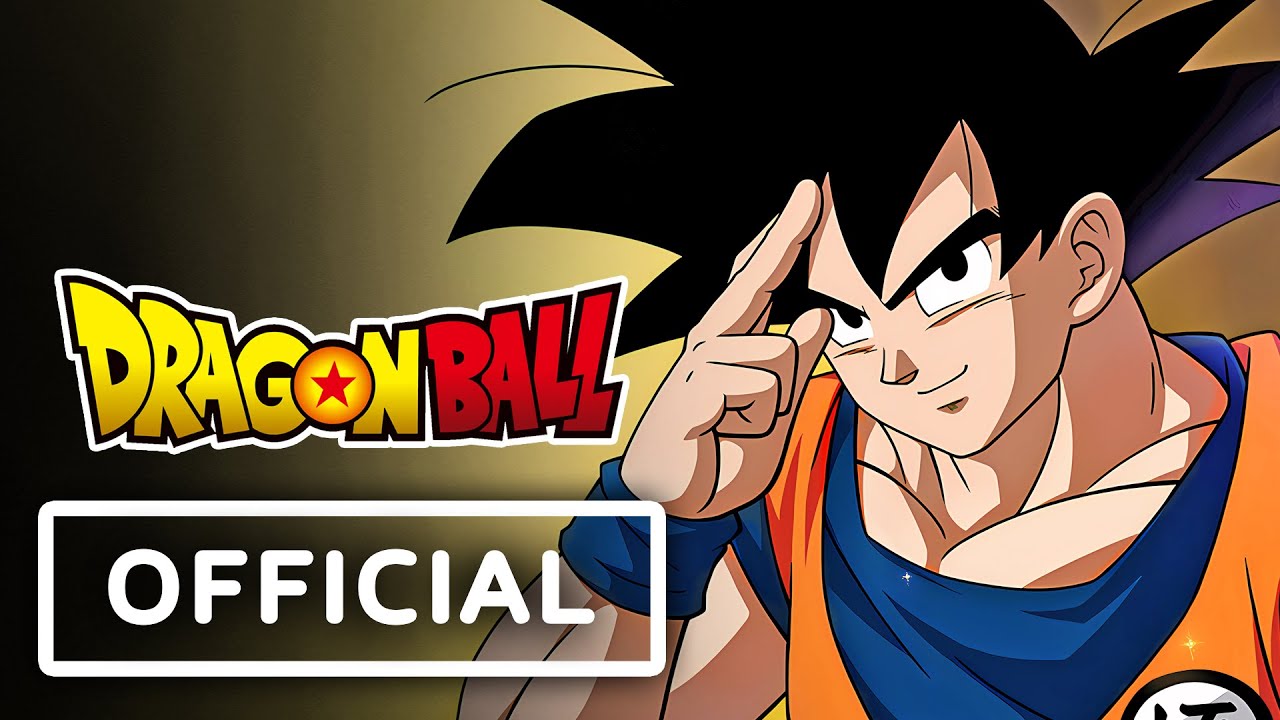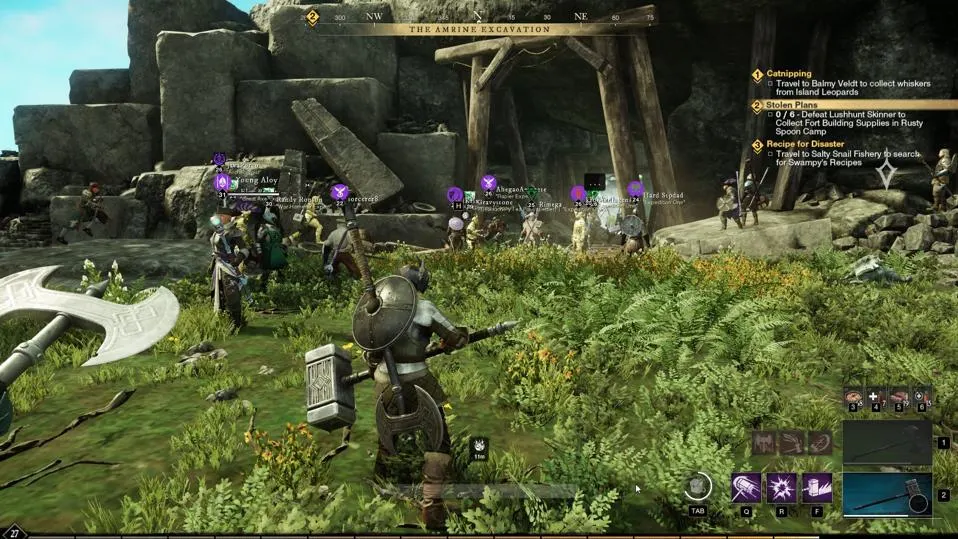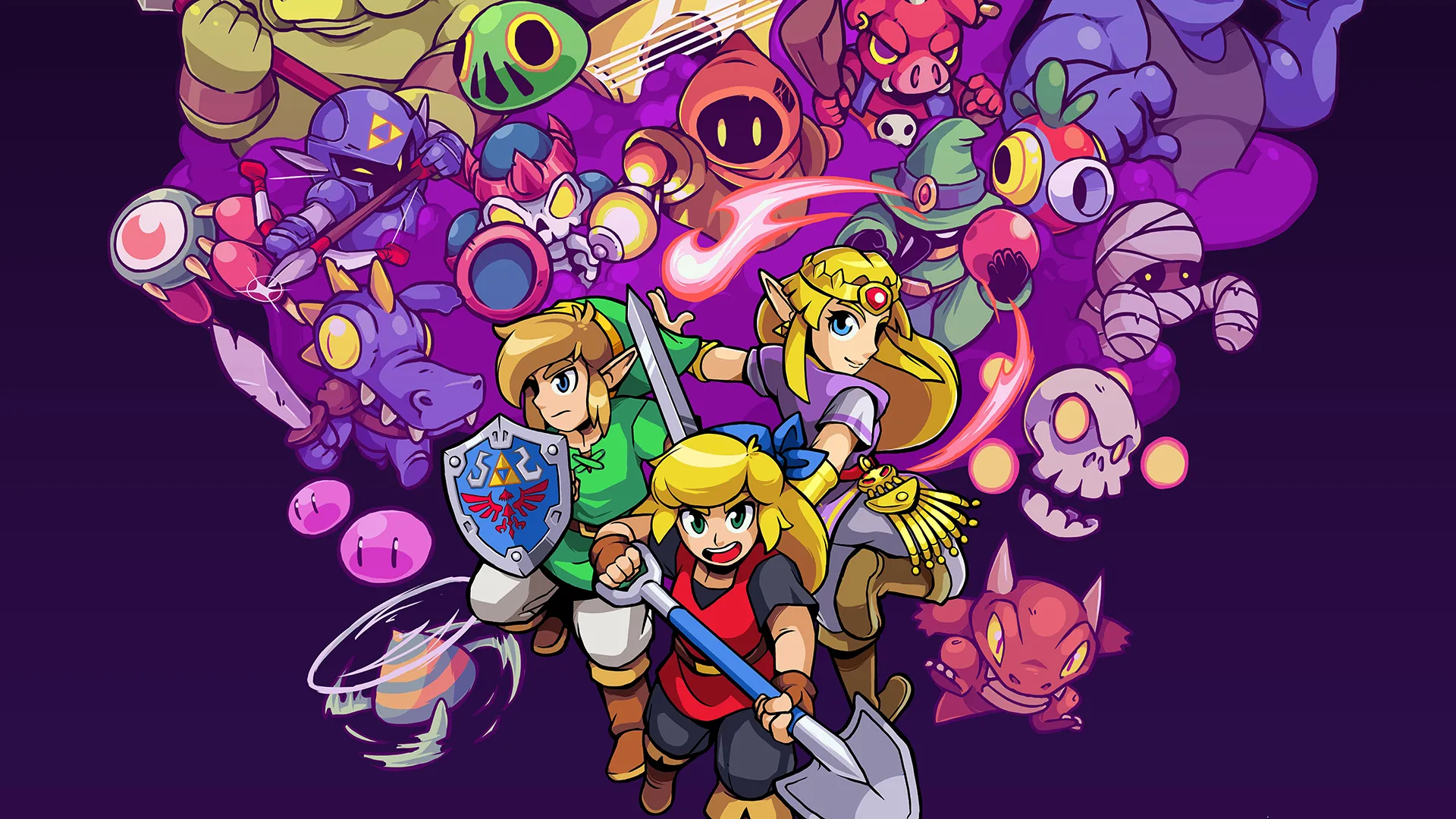Introduction to Dragon Ball: The Legacy of a Cultural Phenomenon
Dragon Ball is a globally renowned anime and manga series that has left an indelible mark on popular culture. Created by Akira Toriyama, the series debuted in 1984 and has since evolved into a multimedia franchise encompassing television, films, video games, and merchandise. This comprehensive article delves into the origins, development, impact, and reception of Dragon Ball, providing a detailed exploration of why this franchise remains influential and beloved. Additionally, we’ll address frequently asked questions to give readers a complete understanding of Dragon Ball.
The Origins and Evolution of Dragon Ball
The Creation of Dragon Ball: Akira Toriyama’s Vision
Dragon Ball was created by Akira Toriyama and first serialized in Weekly Shōnen Jump in 1984. Toriyama, inspired by the classic Chinese tale Journey to the West, crafted a story blending adventure, martial arts, and fantasy. The manga quickly gained popularity due to its engaging characters, inventive plot, and dynamic action sequences. The success of the manga led to the creation of an anime adaptation, which debuted in 1986 and expanded the series’ reach to a global audience.
The Impact of Dragon Ball on Anime and Manga
Dragon Ball revolutionized the anime and manga industries with its unique blend of action, humor, and storytelling. The series popularized many tropes and conventions that are now standard in anime and manga, including epic battles, power-ups, and diverse character designs. Its influence extends beyond Japan, shaping the development of anime and manga worldwide and inspiring countless creators and series.
Major Arcs and Storylines in Dragon Ball
Dragon Ball’s narrative is divided into several major arcs, each contributing to the series’ overarching story:
- Dragon Ball Saga: The original arc introduces Goku and his quest to collect the Dragon Balls, mystical orbs that grant wishes. Key storylines include the Emperor Pilaf Saga, Tournament Saga, and the Piccolo Saga.
- Dragon Ball Z: This sequel series continues Goku’s adventures and introduces new threats, including the Saiyan Saga, Frieza Saga, Cell Saga, and Buu Saga. Dragon Ball Z is renowned for its intense battles and dramatic moments.
- Dragon Ball Super: The latest installment in the franchise, Dragon Ball Super, introduces new characters and storylines, such as the Battle of Gods Saga, Resurrection ‘F’ Saga, Universe 6 Saga, and the Tournament of Power.
Character Profiles and Key Figures
Goku: The Iconic Protagonist
Goku is the central character of Dragon Ball and one of the most recognizable figures in anime history. A Saiyan warrior with a pure heart, Goku’s journey from a naive child to a powerful fighter is a central theme of the series. His cheerful personality, unwavering determination, and incredible combat skills make him a beloved character.
Vegeta: The Proud Saiyan Prince
Vegeta is introduced as a primary antagonist but evolves into one of Goku’s greatest allies. The Saiyan prince’s complex character arc, marked by his pride, rivalry with Goku, and eventual redemption, adds depth to the series. Vegeta’s transformation from villain to hero is a key aspect of Dragon Ball Z.
Other Notable Characters
Bulma, Krillin, Piccolo, Trunks, and Frieza are among the many memorable characters in the Dragon Ball universe. Each character brings unique traits, motivations, and storylines, contributing to the series’ rich tapestry.
Dragon Ball’s Influence on Popular Culture
Dragon Ball’s Global Reach and Popularity
Dragon Ball has achieved immense popularity worldwide, with a dedicated fanbase across various countries. The anime has been dubbed and subbed in numerous languages, and the manga has been translated into multiple editions. Dragon Ball’s influence extends to various media, including video games, films, and merchandise.
The Impact on Subsequent Anime and Manga
The success of Dragon Ball has influenced countless anime and manga series, setting a standard for action-packed storytelling and character development. Many creators cite Dragon Ball as a major inspiration for their work, and its impact can be seen in the evolution of the anime genre.
Dragon Ball in Video Games and Merchandise
Dragon Ball has inspired numerous video games, ranging from fighting games like Dragon Ball FighterZ to role-playing games like Dragon Ball Z: Kakarot. The franchise’s extensive merchandise, including action figures, clothing, and collectibles, further demonstrates its cultural impact.
Reviews and Reception of Dragon Ball
Critical Reviews of the Anime and Manga
Dragon Ball has generally received positive reviews from critics and fans alike. The series is praised for its dynamic action scenes, engaging characters, and imaginative world-building. However, some critiques focus on its lengthy story arcs and repetitive elements. Overall, Dragon Ball is celebrated for its contributions to the anime and manga industries.
Fan Reactions and Community
The Dragon Ball fanbase is known for its passion and enthusiasm. Fans appreciate the series’ blend of action, humor, and adventure, and the extensive lore and character development have fostered a strong sense of community. Fan conventions, forums, and social media platforms serve as gathering places for discussions and celebrations of the franchise.
Comparisons with Other Anime Series
Dragon Ball is often compared to other popular anime series, such as Naruto and One Piece. While comparisons highlight similarities in action and adventure themes, Dragon Ball is distinguished by its pioneering role in shaping the shonen genre and its iconic characters and moments.
Dragon Ball official youtube channel
Conclusion: The Enduring Legacy of Dragon Ball
Dragon Ball remains one of the most influential and beloved franchises in the anime and manga world. Its innovative storytelling, memorable characters, and global impact have solidified its place in popular culture. As Dragon Ball continues to evolve through new adaptations, merchandise, and media, its legacy endures, inspiring new generations of fans and creators. Whether you’re a longtime follower or new to the series, Dragon Ball offers a captivating and enduring experience that resonates across cultures and generations.
FAQ About Dragon Ball
What is Dragon Ball about?
Dragon Ball follows the adventures of Goku, a Saiyan warrior, as he searches for the Dragon Balls, magical orbs that grant wishes. The series combines elements of martial arts, fantasy, and science fiction, featuring epic battles, diverse characters, and a rich narrative.
Who created Dragon Ball?
Dragon Ball was created by Akira Toriyama, a renowned manga artist and writer. Toriyama’s vision and storytelling have significantly influenced the anime and manga industries.
What are the major story arcs in Dragon Ball?
The major story arcs in Dragon Ball include the original Dragon Ball Saga, Dragon Ball Z (with its Saiyan, Frieza, Cell, and Buu Sagas), and Dragon Ball Super (featuring the Battle of Gods, Resurrection ‘F’, Universe 6, and Tournament of Power Sagas).
How has Dragon Ball influenced popular culture?
Dragon Ball has had a profound impact on popular culture, inspiring countless anime and manga series, video games, and merchandise. Its innovative storytelling, memorable characters, and global reach have made it a cultural phenomenon.
What are some notable Dragon Ball video games?
Notable Dragon Ball video games include Dragon Ball FighterZ, Dragon Ball Z: Kakarot, and the Dragon Ball Xenoverse series. These games capture the essence of the anime and manga, allowing players to experience the series’ iconic battles and storylines.



